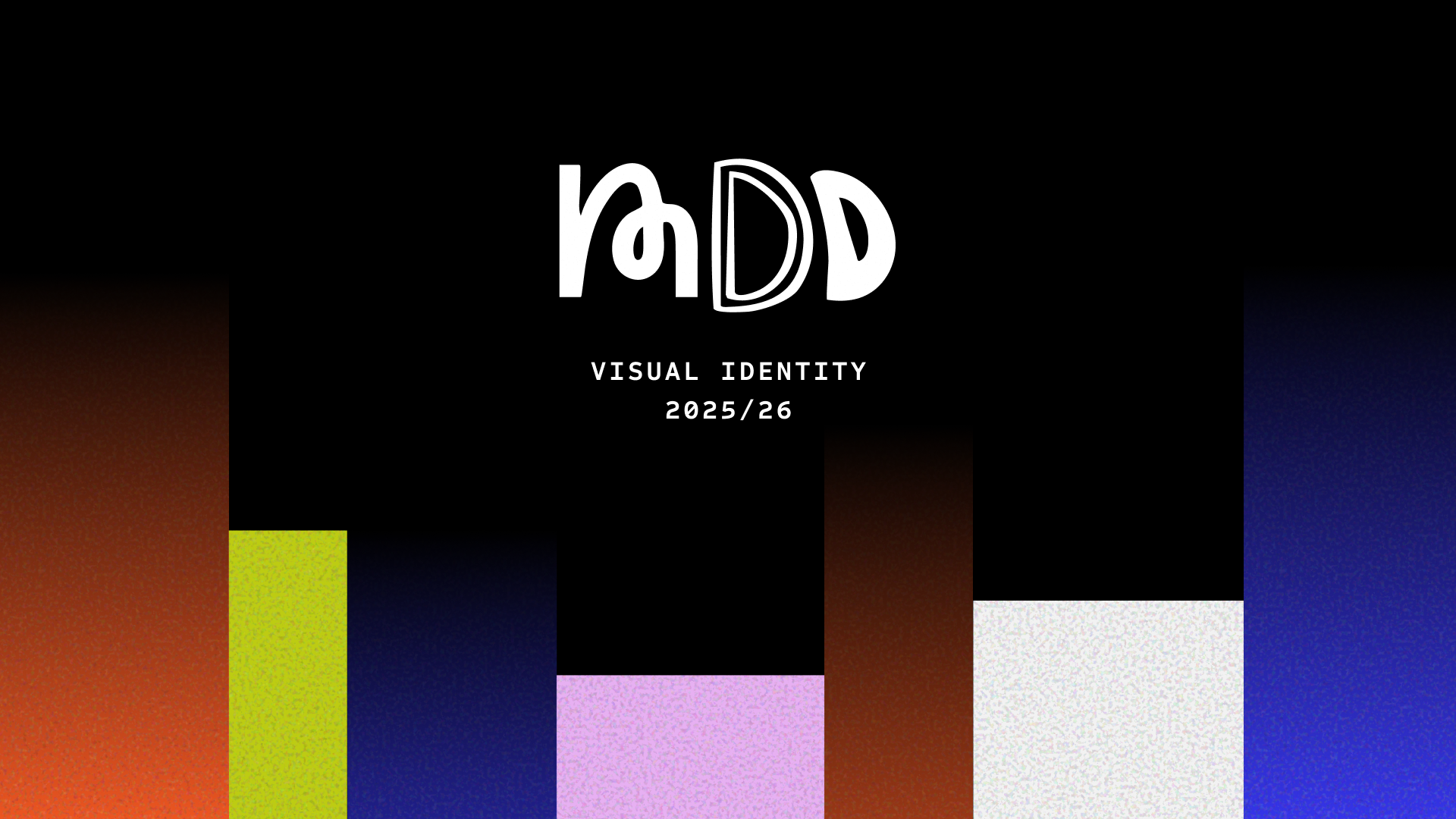Towards an accessible web: World Usability Day
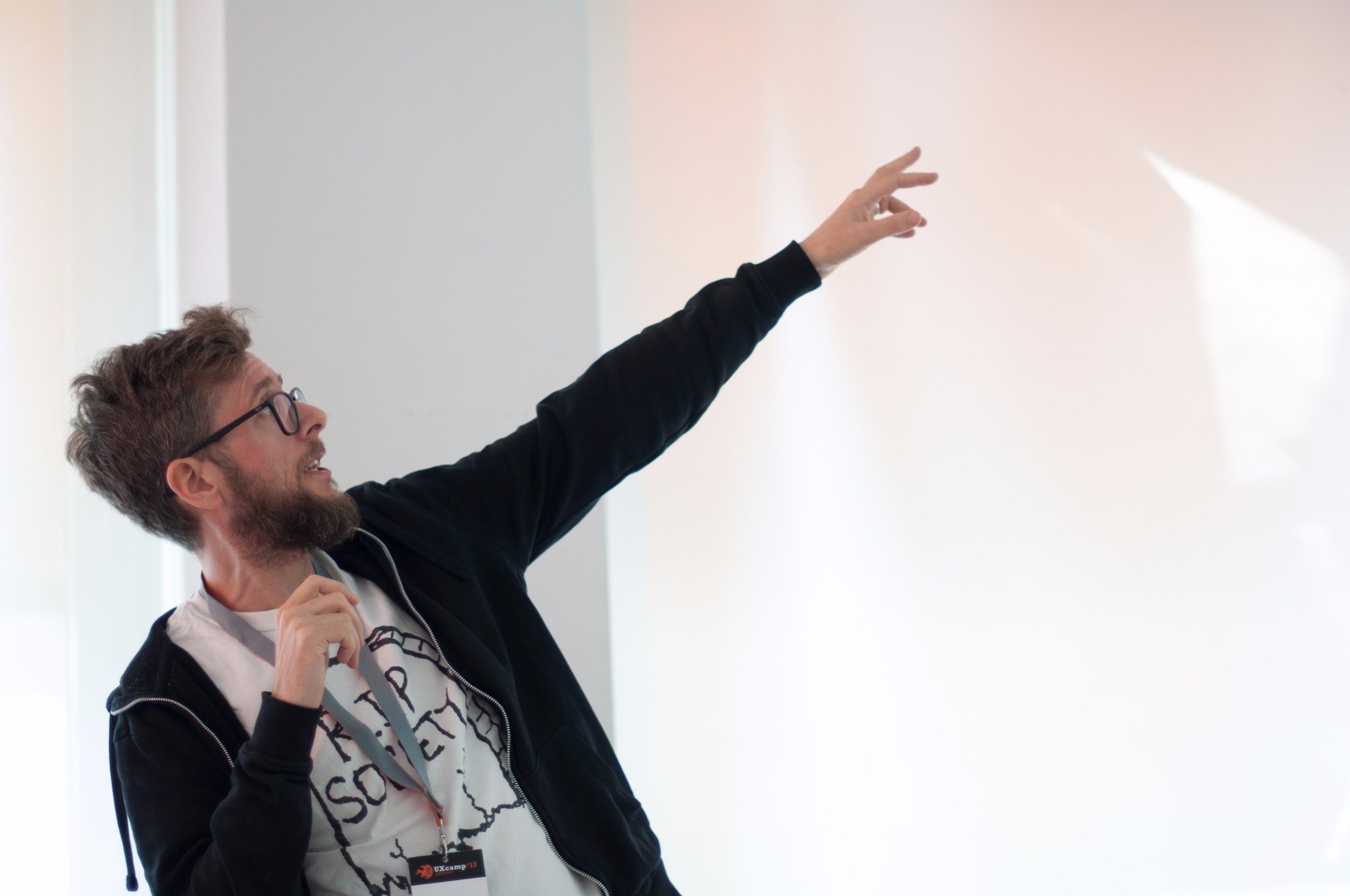
How to make a website truly accessible to everyone? The M.Sc. Digital Design participates to the World Usability Day hosting a lecture by UX designer Dean Birkett, discussing the latest insights in accessibility.
“Website accessibility is vital.” Dean Birkett was the guest speaker on World Usability Day, hosted by the Amsterdam University of Applied Sciences, and emphasized not only the ethical importance of accessibility, but also the practical one.
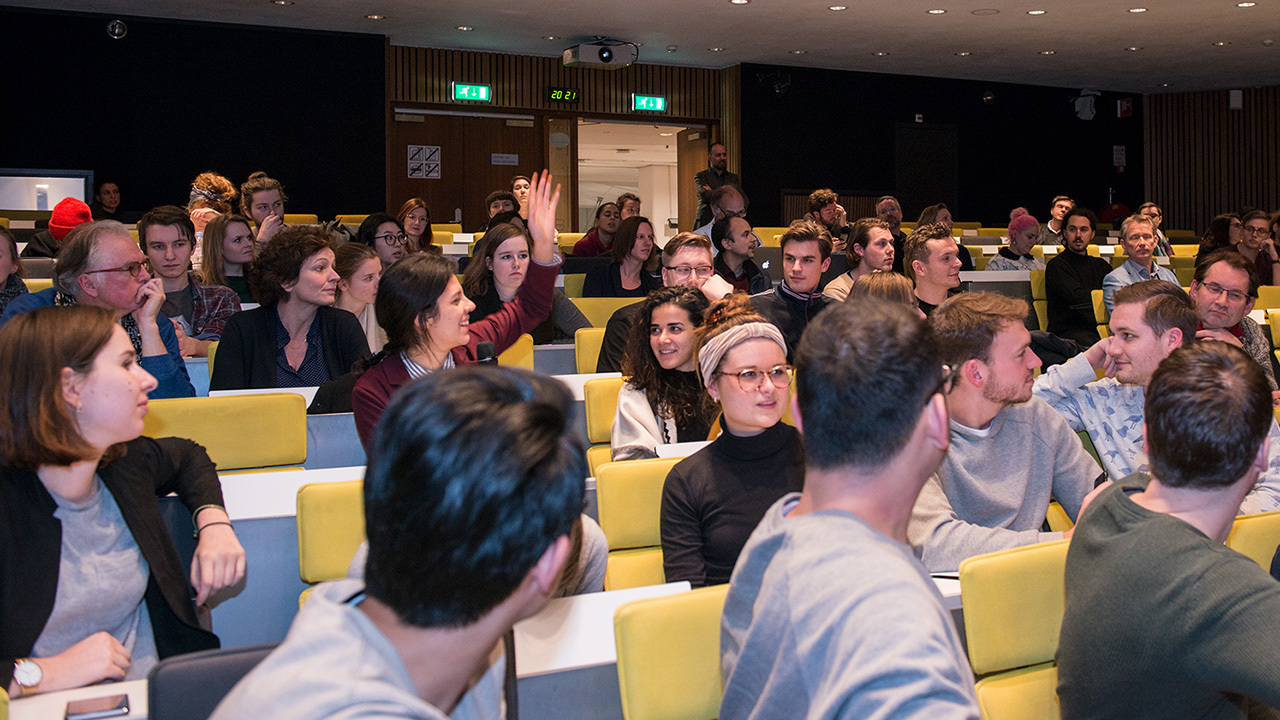
Having a site that is usable by all is not only the right thing to do, but also “You get more visitors. Improving the accessibility of your website means opening the door to everyone,” said Birkett.
Humans are not disabled, a person can never be broken. Our built environment, our technologies are broken and disabled. Hugh Herr (MIT)
Accessibility for all
Assistive technologies for apps and web - the techniques enabling everyone to access information - are always evolving. For his work for AssistiveWare, a Dutch company building support apps for people with different physical and cognitive abilities, Birkett runs across positive and negative design examples. As he demonstrated on stage, trying to navigate a badly-designed webshop with the same screenreader used by blind users can be a frustrating experience.
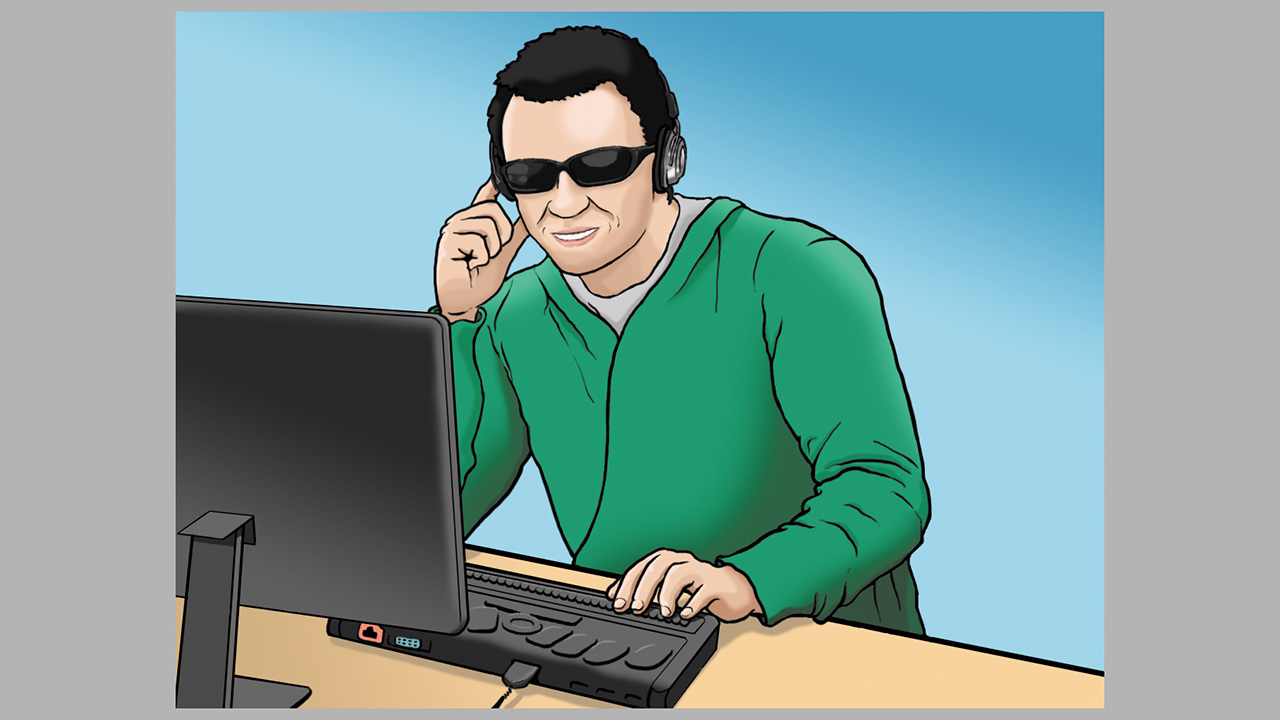
A little trouble yields great results
“It turns out that taking just a little trouble to improve accessibility can yield great results”, agrees Marcel Koster, managing director of sales and business development at Informaat, a design and consultancy bureau for digital products and services that is a key partner of the M.Sc. Digital Design. “Everyone thinks that improving website accessibility takes lots of work and trouble, but we now know that this doesn’t have to be the case at all.”
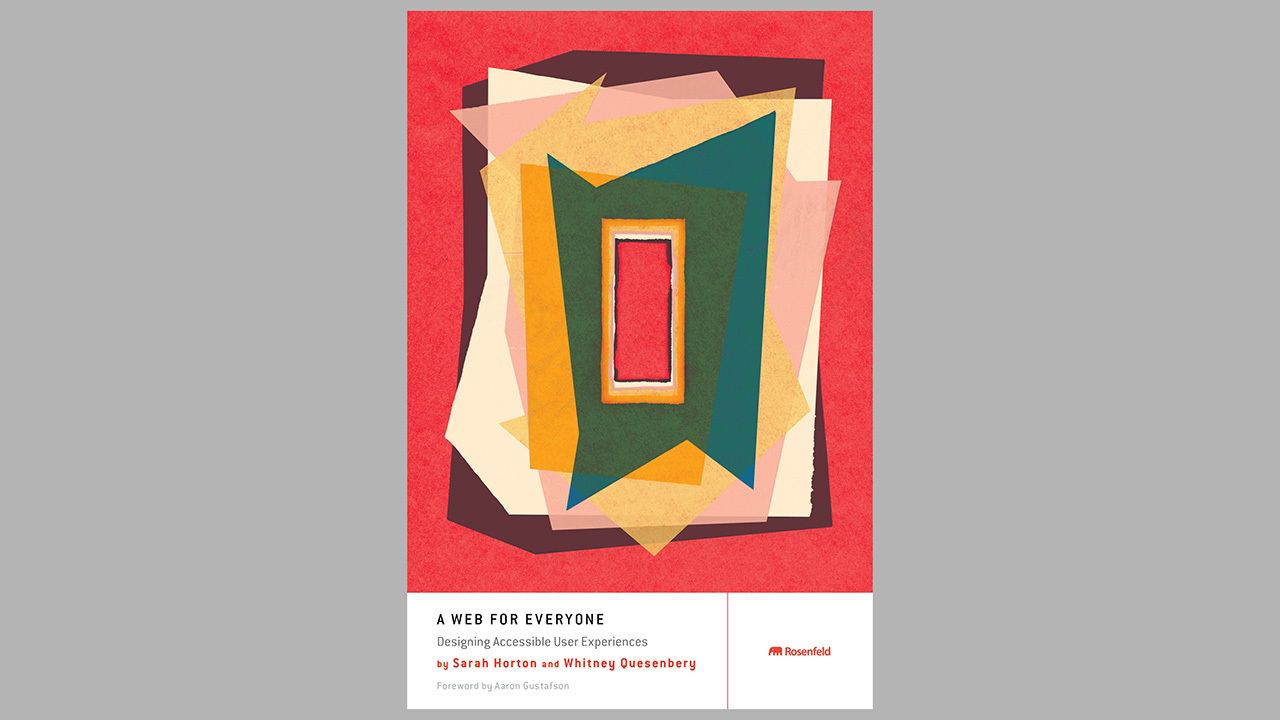
"A Web for Everyone" is a book that Birkett highly recommended in his lecture to all designers interested in accessibility.
“Work hard and keep developing”
“We have to keep developing ourselves,” and always find better, more efficient ways to include everyone. After all, Birkett concluded, “Design is not just about pixels and colours any more. More and more factors are coming into play. We need to work hard so that all voices are heard.”
Get in touch with Dean Birkett on his Linkedin page, and download this presentation at his site.

